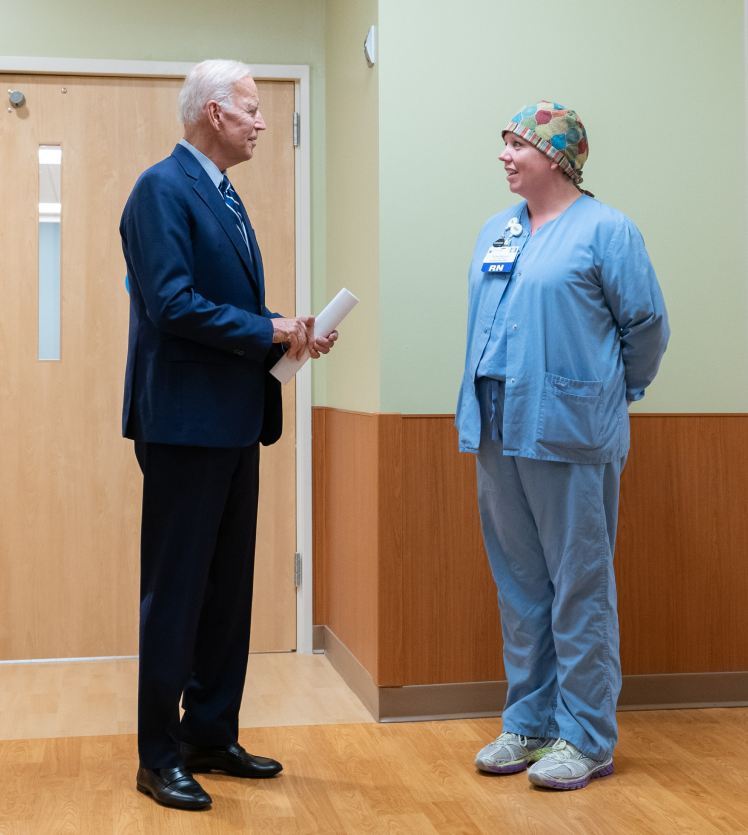On January 20th of this year, Joe Biden was sworn in as the United States of America’s 46th president. Like any new leader of a country, this change in the White House meant many different things for various people, businesses, and entire industries.
The new administration is a tremendous shift from the previous one, changing the nation’s landscape across the board.
No more are these changes evident than in healthcare. Biden and his administration’s approach - even at first glance - is a totally different beast than former President Trump’s. With that said, how will this impact private practices across the US?
This blog will explore the above question and then delve into urology practices, specifically.





